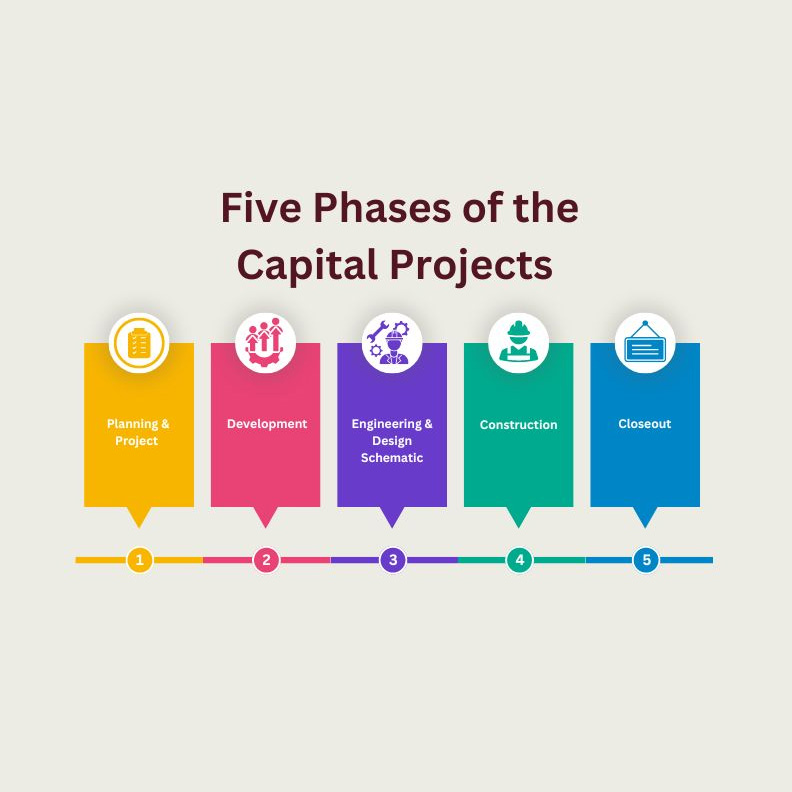In light of the emerging economic landscape punctuated by escalating interest rates, heightened inflation, and labor and logistical shortages, municipalities are urged to factor in several key elements while planning for capital infrastructure bonds.
Project Prioritization: It’s essential to allocate resources effectively by prioritizing projects based on their urgency and criticality. This approach enables municipalities to address the most pressing needs first.
Financial Feasibility: Given the reality of rising interest rates, municipalities must comprehend the implications on financing costs. This understanding is fundamental for accurate revenue projections that mirror the changing financial landscape.
Inflationary Pressure: The impact of inflation on budget projections and cost escalation must be considered to avert potential cost overruns and project delays. Budgeting must reflect the realities of the economic environment.
Labor and Logistics Considerations: Project timelines and budgets must take into account the potential implications of labor and logistical shortages. Exploring alternative delivery methods, such as design-build, could be instrumental in circumventing these challenges.
Revenue Generation: The bond package ought to be structured in a way that generates adequate revenue to service debt obligations. Simultaneously, the package should protect the municipality’s credit rating.
Stakeholder Engagement: Bond packages should be designed in sync with community priorities and values. Active engagement with stakeholders, including the general public, can engender support for the projects and align them with communal aspirations.
Integrating these factors into their plans will enable municipalities to formulate capital infrastructure bond packages that are not only financially robust but also align with the needs and priorities of their communities.
Moreover, incorporating a program management consultant into the planning process can significantly enhance the formulation of the capital infrastructure bond package, as illustrated by the ensuing statistics:
Improved Project Outcomes: Engaging a program management consultant can enhance project success rates by 20-30%.
Time Savings: On average, the intervention of a program management consultant can expedite project timelines by 15-20%.
Cost Savings: Due to their proficiency in cost control and risk mitigation, the employment of a program management consultant can lead to a reduction in project costs by 10-15%.
Improved Stakeholder Satisfaction: Stakeholder satisfaction can increase by 25-30% with the engagement of a program management consultant, attributable to their adept management of stakeholder engagement.
Enhanced Financial Performance: A program management consultant can ensure the bond package is structured in a financially sustainable manner, leading to improved credit ratings and reduced borrowing costs.
Increased Project Visibility: Regular project status reports and performance metrics offered by a program management consultant can enable the municipality to better monitor progress and make informed decisions.
By understanding and integrating these insights, municipalities can more effectively plan and execute capital infrastructure bond packages even in challenging economic environments.
At Front Line Advisory Group, we are pioneers in Capital Improvement Bond Management, leveraging unparalleled expertise and deep industry insights. Our mission extends beyond consultation – we empower our clients to realize the full potential of their investments, ensuring tax dollars are put to maximum use through astute Program Management Consulting. For more information or to commence your journey towards transformative bond management, reach out to us at info@frontlineadvisorygroup.com













